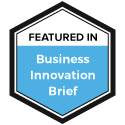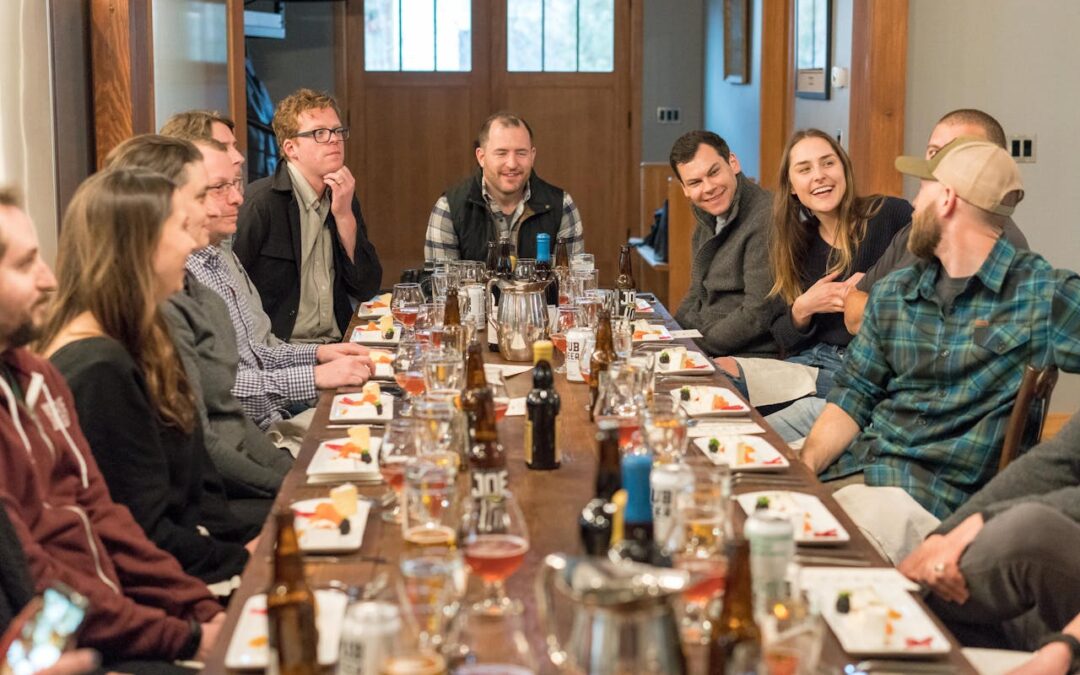
Redesigning Grief Support at Work
Redesigning Grief Support at Work
For many leaders, empathy is a value that shows up during team celebrations or crises. But what happens when the loss isn’t visible? When the silence of grief sets in and business keeps moving?
We caught up on the Bliss Business Podcast with Justin Clifford, who is the CEO of Bereave, a platform helping companies support grieving employees with compassion and clarity. He joined us to share how his team is tackling the often-ignored topic of bereavement in the workplace and why businesses can no longer afford to treat grief as a personal issue with no professional impact.
From Random Acts of Kindness to Systems of Support
One in nine employees experiences the death of a loved one every year. And yet, 51 percent of them leave their jobs within a year of that loss, according to Harvard Business Review.
Justin explained that most companies still rely on what he calls “random acts of bereavement”, a few kind words, flowers, maybe an EAP brochure, then expect employees to return to full capacity after three to five days. It’s no surprise that retention drops and morale follows.
His platform, Bereave, is changing that with a clear playbook for HR leaders, managers, and employees’ families. The goal is to build a repeatable system of compassion that can scale.
Building Love Into the System
At Zero Company, we talk often about the power of building love into scalable systems. Justin is doing exactly that. Rather than waiting for managers to awkwardly navigate these moments alone, Bereave offers:
- Self-guided manager training
- A framework for communication and return-to-work planning
- Family support tools to create a shared language across the grieving process
Justin noted that even something as simple as having a colleague walk a grieving employee into the building on their first day back can make all the difference. It doesn’t cost a thing, but it speaks volumes.
Why Grief Is a Business Issue
There’s a financial case to be made here, too. Grief-related productivity losses cost U.S. companies over $75 billion a year, according to the Grief Recovery Institute. Retaining talent, preventing burnout, and creating a culture of care all impact the bottom line.
Justin encourages leaders to stop seeing bereavement as a soft benefit. Instead, he frames it as an essential part of purpose-driven leadership. The way a company shows up in hard times says more about its values than any mission statement ever could.
Key Takeaways
- 1 in 9 employees experiences a major loss each year, and over half leave their jobs within 12 months
- Most bereavement policies are still modeled on taking time off for a funeral, not holistic support
- Bereave helps managers and HR teams prepare for and respond to grief with thoughtful systems
- Simple gestures — like making a conference room temporarily off-limits after bad news — can be deeply meaningful
- Purposeful bereavement support boosts retention and employee trust
Final Thoughts
This conversation was a powerful reminder that business is personal. Loss is inevitable, but loneliness doesn’t have to be. As Justin shared, even leaders who once saw empathy as a weakness can evolve when they understand the full cost of silence.
Check out our full conversation with Justin Clifford on The Bliss Business Podcast.
Originally Featured on The Bliss Business Podcast Blog












Recent Comments